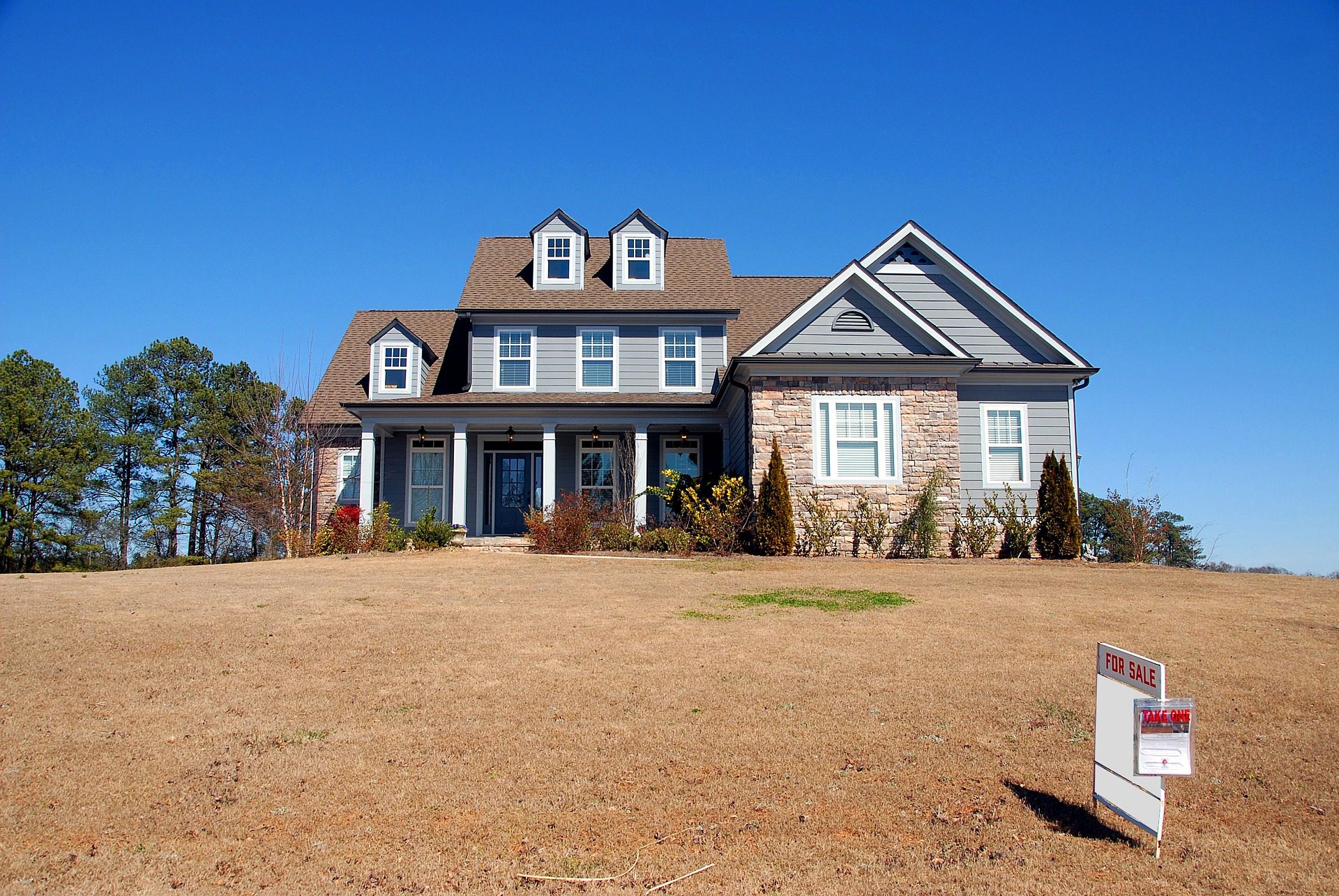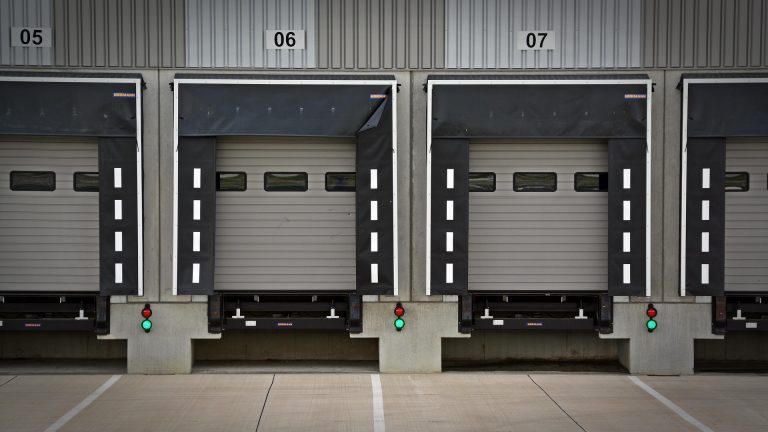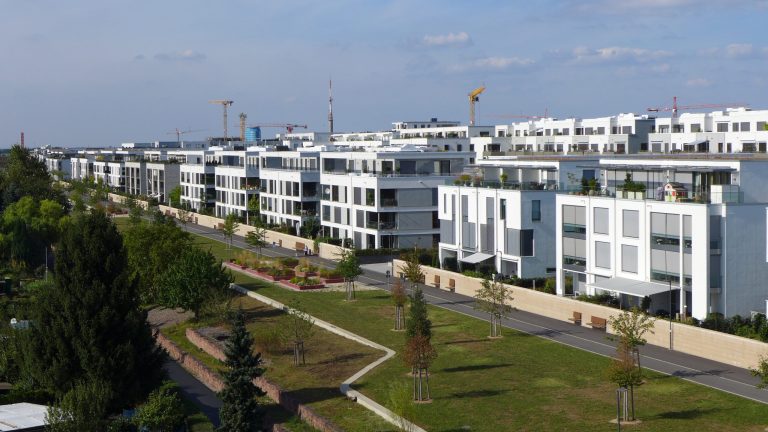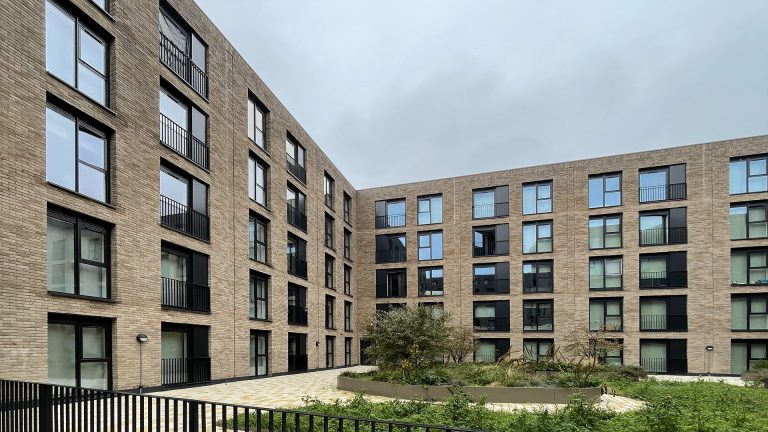Despite positive GDP forecasts for 2026, structural challenges remain great: demographic change, rising energy prices and sluggish investment are dampening growth. In the webinar “MACRO MATTERS – The KINGSTONE Real Estate View”, Maximilian Radert, Head of Product Development & Research at KINGSTONE Real Estate, and Dr. Reiner Braun, Managing Director of empirica regio and CEO of empirica ag, shed light on macroeconomic trends, demographic developments and the structural causes of the ongoing imbalance in the German housing market, including the gap between supply and demand.
Housing market in the field of tension
The German residential real estate market is in a phase of structural upheaval. While the demand for housing in metropolitan areas remains high, supply is stagnating. “Government interventions such as capping and rent brakes as well as complex approval procedures further exacerbate the situation,” says Dr. Reiner Braun.
At the same time, property developers and investors are reacting increasingly cautiously to the uncertainties of the funding landscape, increased financing costs and the shortage of skilled workers in the construction industry. The result is a decline in building applications and completions – especially in the big cities, where the need is greatest. The availability of building land also remains a bottleneck factor.
As a result, fewer and fewer family-friendly apartments are being built, while the market is concentrated on smaller units that can be realized more quickly and marketed more easily. This development is leading to an increasing social and spatial divide, which further increases the pressure on rents in central locations and increases the pressure to move to the surrounding areas.
Migration, internal migration and regional displacements
Demographic development and the mobility of the population shape the long-term structure of the German housing market. While the natural population balance has been negative for years, immigration from abroad has a stabilising effect – but remains difficult to predict. This means a great deal of uncertainty for housing planning, according to Dr. Reiner Braun.
Residential flows are also shifting noticeably within Germany. While young people move on to the metropolises to study or start their careers, many families are leaving the cities. “The lust for the countryside is not a new trend, but a symptom of scarcity in the cities,” Braun stressed. Many families would prefer to stay, which is often not possible for reasons of space and cost. The result is a growing demand in surrounding communities, which often have too little building land themselves.
Maximilian Radert also referred to the demographic dimension of labour migration: “We see how strongly the housing market is linked to the shortage of skilled workers and demographic change. Migration is not only a social, but also an economic issue.”
Overall, these migration movements lead to a growing spatial differentiation. While well-connected medium-sized cities and conurbations are growing, peripheral regions continue to lose population. This increases the pressure to develop infrastructure and housing supply in a more balanced way on a regional basis – a key factor in achieving a stable market equilibrium again in the long term.
Price and rent development: Market division through regulation
While new contract rents have risen significantly in recent years, many existing rents are stagnating or even falling in real terms. According to empirica data, the difference between new contract rents and long-term existing rents in major German cities is now around one third. Dr. Reiner Braun sees this effect as a “consequence of an over-regulated market”. Due to capping limits and the self-referential logic of the rent index, the market price can hardly be formed freely.
As a result, there is a so-called lock-in effect: tenants remain in old, cheaper contracts, while freely available housing for apartment seekers becomes more and more expensive. This results in a structural narrowing of the rental market, which can hardly react to short-term measures.
While nominal rents have risen sharply in recent years, the real rent burden for many households has been more moderate due to increased incomes. Nevertheless, the regulation further exacerbates the gap between existing and new rents. “The more the state intervenes, the more the market balance shifts,” explains Maximilian Radert. “We need a system that protects tenants but does not paralyze the market.”
Result
The German residential real estate market is facing far-reaching structural changes. Economic uncertainties, high construction costs, a shortage of skilled workers and excessive regulation are weighing on the industry, as is the growing gap between demand and actual supply. At the same time, demographic trends, immigration and regional shifts are permanently changing the structure of housing demand.
For the coming years, it will be crucial to create framework conditions that enable more investment in housing construction again – through a reliable funding policy, the reduction of bureaucratic hurdles and the designation of building land.
Maximilian Radert summarises: “We need fewer interventions and more enablement – a construction and housing policy that allows for dynamism again. This is the only way we can strike a balance between social responsibility and economic viability in the long term.”


























